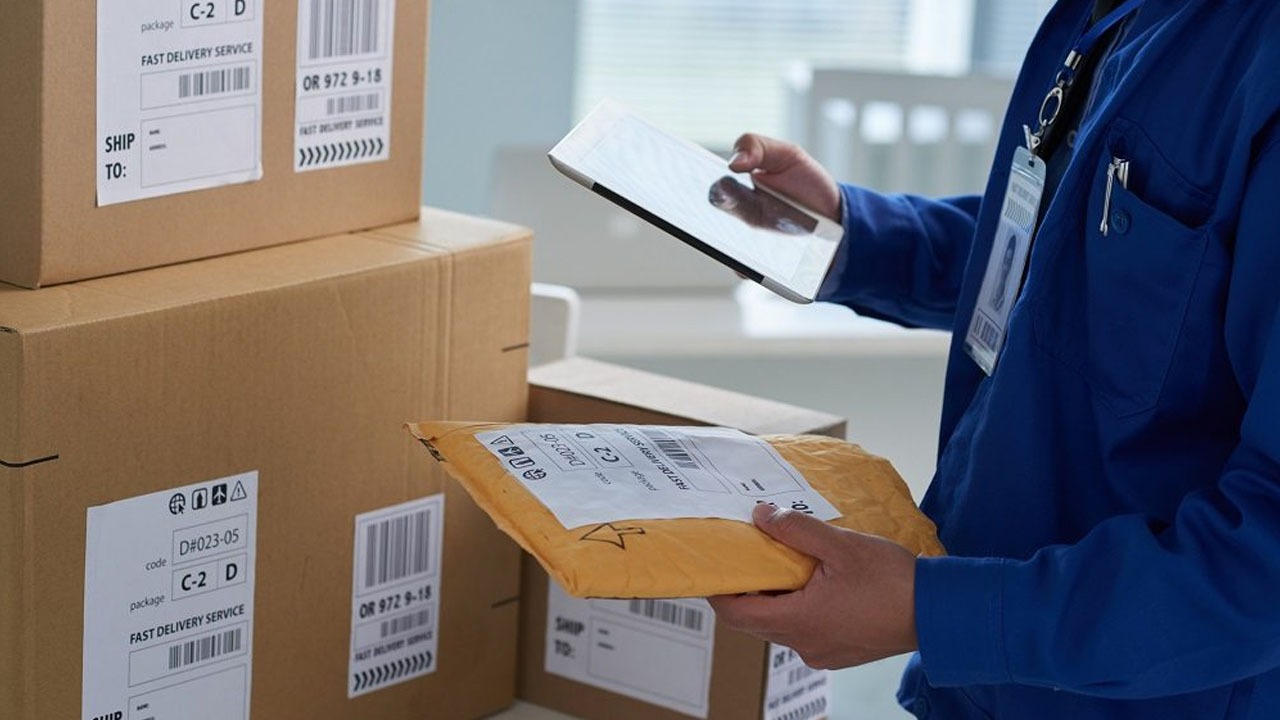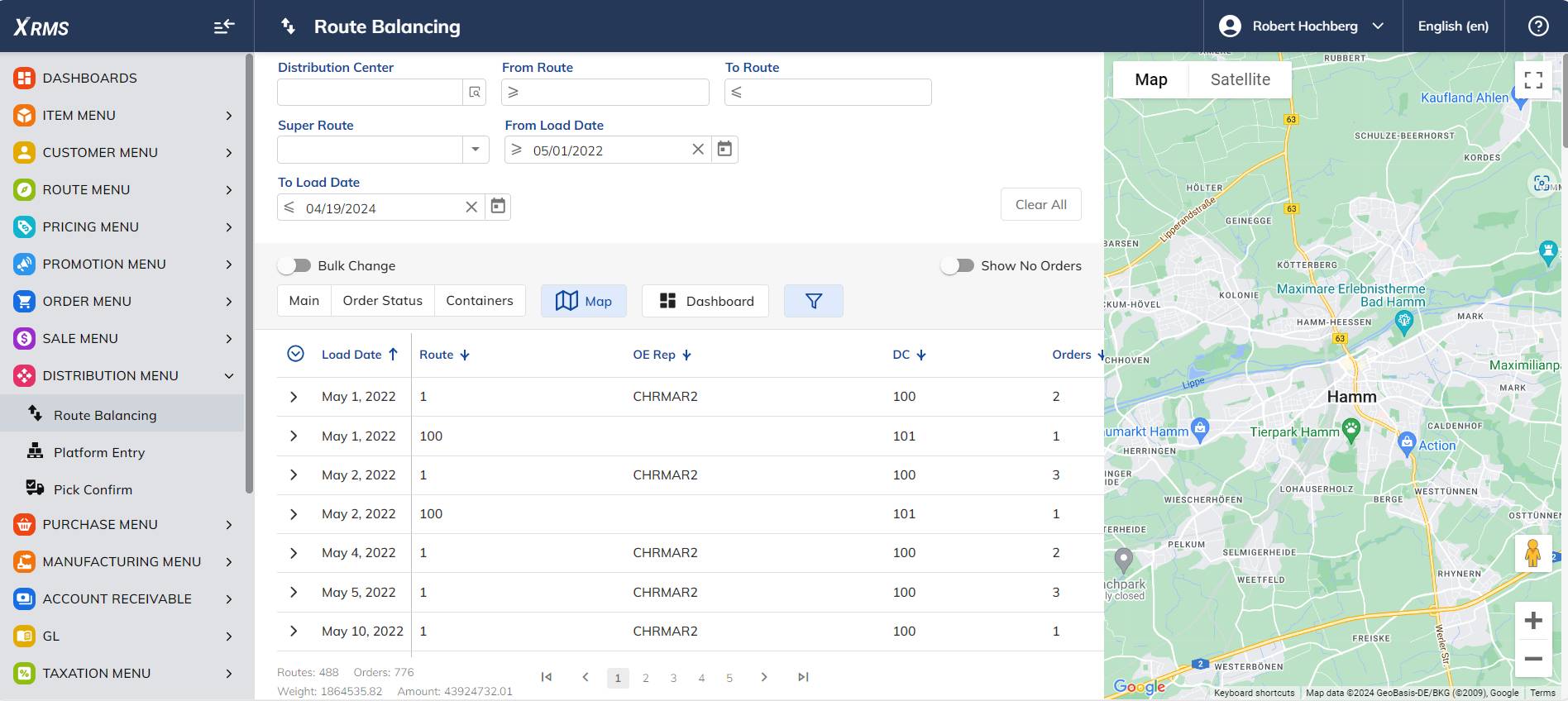Direct Store Delivery Software (DSD) has become a linchpin for businesses dealing with perishable goods, pharmaceuticals, and consumer essentials. The shift towards delivering products directly to retail outlets instead of traditional warehousing has presented both opportunities and challenges. In this blog, we explore the nuances of Direct Store Delivery, its operational challenges, and the best practices that pave the way for efficient retail distribution.
1. Challenges of Direct Store Delivery:
- DSD Operational Costs: While DSD streamlines the supply chain, operational costs remain a significant consideration. Managing end-to-end shipping and transportation adds expenses, even though it is faster and more transparent.
- Real-time Order Requests: Adapting to real-time order requests and adjusting delivery schedules can be challenging. The market’s complexity demands enhanced operational efficiency and tools that offer transparency, responsiveness, and flexibility.
- Brand-Employee-Store Connectivity: Establishing connections between brands, distribution hub employees, and stores poses challenges. Poor communication can lead to issues with delivery status, inventory management, and price fluctuations, impacting profit margins.
- Fleet Management Challenges: Managing fleets in retail distribution, ensuring timely deliveries, and coordinating with ground-level workers can be daunting. A supply chain visibility solution becomes essential for efficient fleet management.
2. Direct Store Delivery Best Practices:
- Organized Data and DSD Software: Maintaining organized data accessible from a unified platform is crucial. Implementing user-friendly DSD software connects field personnel, sales reps, and back-office staff, streamlining processes from sales and order entry to inventory management and payment collection.
- Route Personnel Training: Empower not just sales representatives but also drivers with product knowledge. Providing access to an e-Catalog and customer order history enhances customer interactions and boosts sales.
- Field Operations Management: Implement systems for real-time access to worker data and task management. This ensures adherence to schedules, on-time deliveries, and effective handling of urgent sales and delivery demands.
- Digital Route Planning: Replace manual route planning with digital solutions that integrate with map programs. This enhances efficiency by eliminating the need for field personnel to memorize routes or draw them out on paper.
- Mobile Access to Data: Equip field personnel with mobile devices and route accounting software for easy access to customer, product, and sales data on the go. Offline capabilities ensure access even in areas with limited connectivity.
Conclusion:
Direct Store Delivery Software is a game-changer in retail, offering a direct path from manufacturers to retail outlets. Navigating the challenges requires a strategic approach and the adoption of best practices. By embracing organized data, comprehensive training, efficient field operations management, digital route planning, and mobile access to data, businesses can unlock the full potential of Direct Store Delivery and thrive in the evolving landscape of retail distribution.

